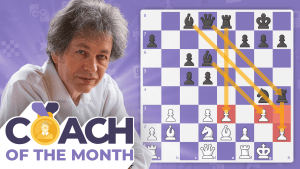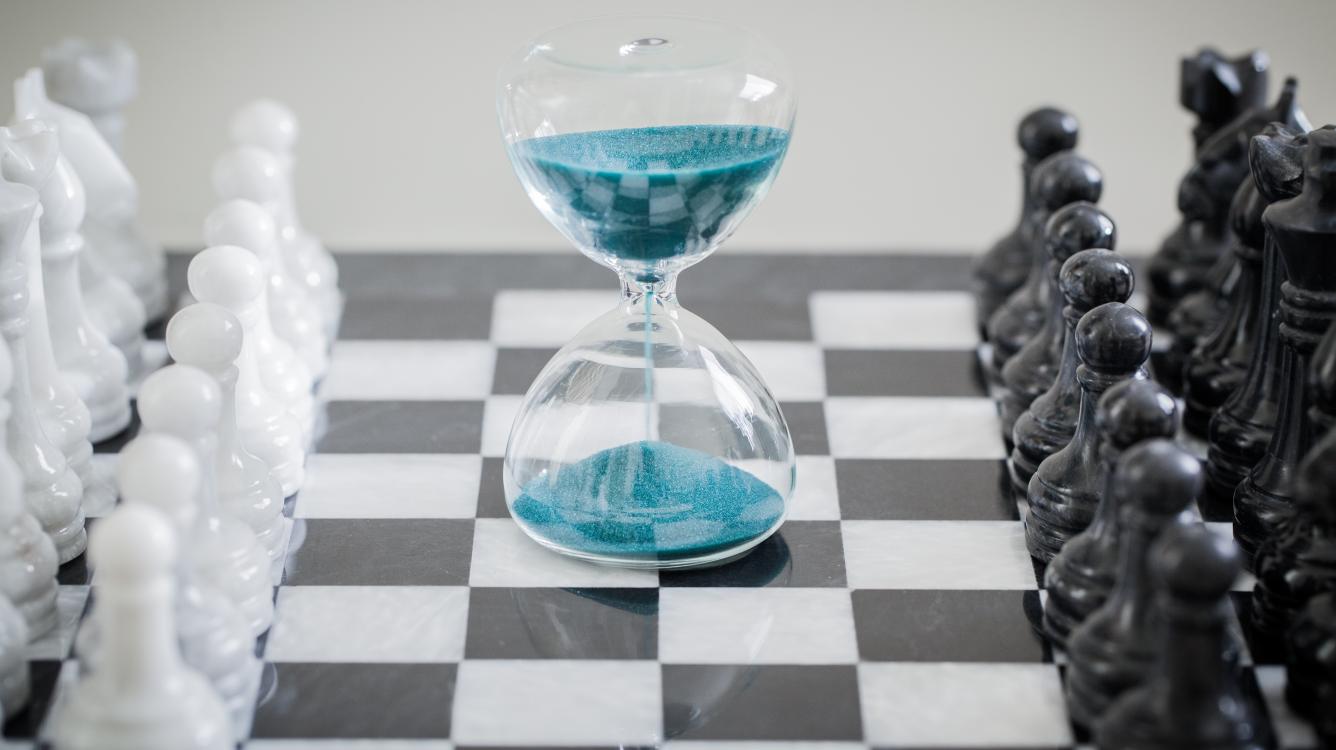
History of Chess | From Early Stages to Magnus
Chess has a long and storied history. The game has changed quite a bit from its earliest forms in India. The modern iteration we enjoy today wasn't known until the 16th century. There were no clocks, and the pieces were not standardized until the 19th century.
The official world championship title came into existence by the late 19th century, shortly after the first big tournaments were held and multiple styles of play had begun to fully develop. Although the first book on openings was published as early as 1843, theory as we know it didn't truly evolve until the early/mid 20th century. Computer engines and databases didn't come into play until the very late 20th century.
Take a look at a brief history of chess!
Here is a summary:
- Chess Origins
- Chess Theory and Development Through the 19th century
- The First World Champions and the Advent of Positional Chess
- Soviet Dominance in the 20th Century
- Karpov, Kasparov, Computers, and Carlsen
Chess Origins
Chess, as we know it today, was born out of the Indian game chaturanga before the 600s AD. The game spread throughout Asia and Europe over the coming centuries, and eventually evolved into what we know as chess around the 16th century. One of the first masters of the game was a Spanish priest named Ruy Lopez. Although he didn't invent the opening named after him, he analyzed it in a book he published in 1561. Chess theory was so primitive back then that Lopez advocated the strategy of playing with the sun in your opponent's eyes!
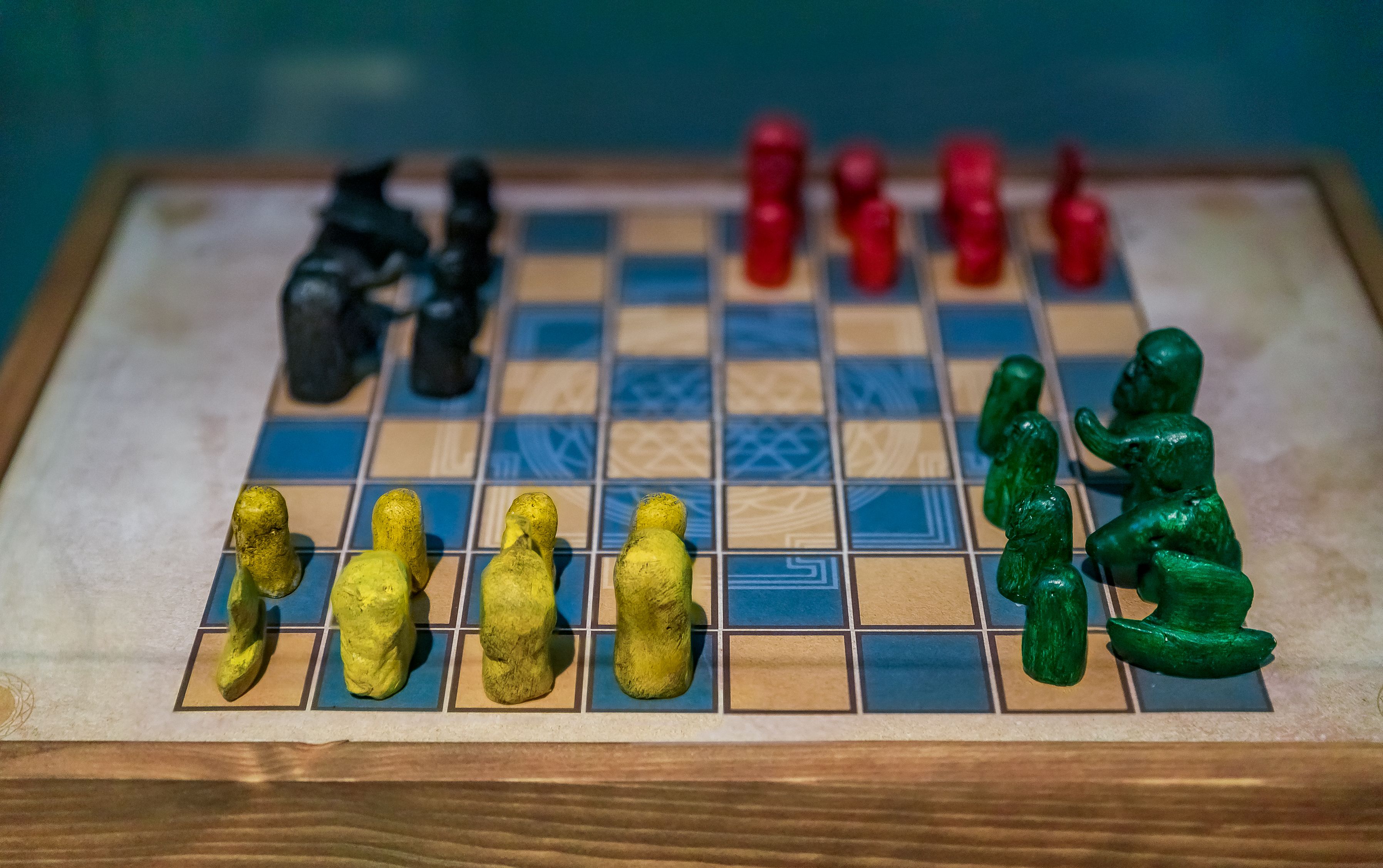
Chess Theory and Development Through the 19th century
Chess theory moved at a snail's pace until the mid 18th century. In 1749, the French Master Francois-Andre Philidor stepped onto the scene with his book titled Analyse du jeu des Échecs. This book covered some new opening ideas (including the defense which still bears his name), and also contained Philidor's famous defense in rook and pawn endgames - an endgame technique that is still used today. Philidor's famous statement that "The pawns are the soul of chess" was first introduced to the world in this book.
Chess continued to gain popularity throughout the world, and in the mid 19th century the standardization of chess sets occurred. Before the 1850s, chess sets weren't uniform at all. In 1849, Jaques of London (a manufacturer of games and toys) introduced a new style of pieces created by Nathaniel Cooke. These same pieces were endorsed by Howard Staunton, the strongest player of his time. This new style of pieces, known as the Staunton pattern, became instantly popular and were used in tournaments and clubs all over the world. The Staunton pieces, and minor variations of it, are still considered to be the standard for tournament chess sets.
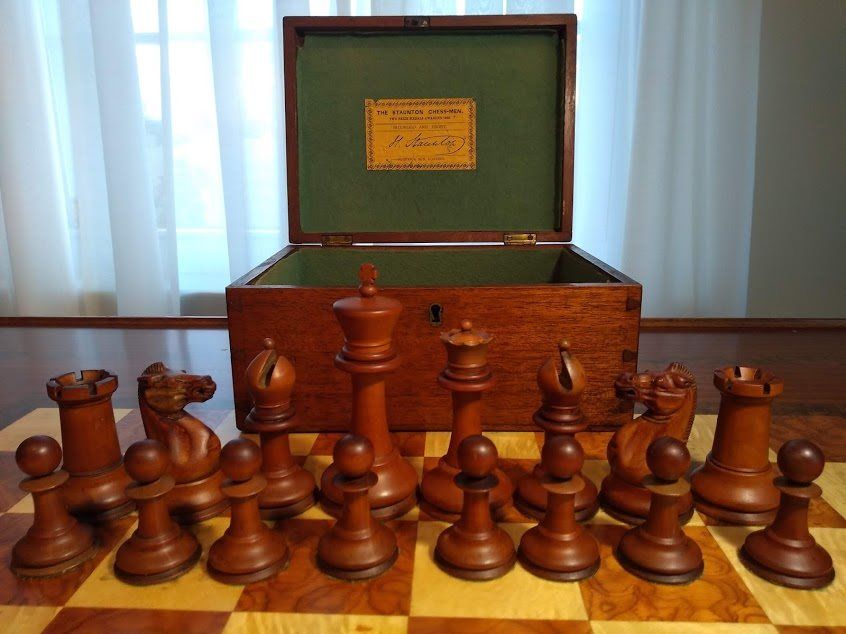
The 19th century also marked the introduction of chess clocks to competitive play. Before chess clocks became the norm, a single game could last up to 14 hours! With the standardization of chess sets and introduction of chess clocks, the equipment needed for modern matches and tournaments were set in place.
Chess, itself, was developing greatly during the 1800s. The most famous games of this time period were swashbuckling attacking games - strong defensive ideas hadn't been learned yet. If a player wasn't sacrificing their pieces right and left trying to checkmate their opponent in a violent manner, then it wasn't a fun game! It was during this attacking era in chess that the American player Paul Morphy entered the scene.

Morphy was the embodiment of all of these romantic and aggressive attacking ideas. During his tour of Europe, Morphy soundly trounced every major player in the world except Howard Staunton (who was past his prime and didn't accept Morphy's challenge). Morphy steamrolled Adolf Anderssen, Louis Paulsen, Daniel Harrwitz, and a host of other masters. In 1858, the famous "Opera House" game was played by Morphy vs the allies (the Duke of Brunswick and a French Count), and is considered one of the best games of all time. Morphy throws everything, including the proverbial kitchen sink, at his opponents. A beautiful game for the ages!
The First World Champions and the Advent of Positional Chess
Wilhelm Steinitz never played Morphy, who had retired from the game by the time Steinitz rose to prominence. Steinitz's theories about the game are still widely felt today, especially his disdain for overly-aggressive play. He preferred to accept the popularly offered gambit pawn, and then closed the position down in order to grind out a win. Steinitz initially had no equal in this kind of positional play, and used it to become the first official world champion in 1886.
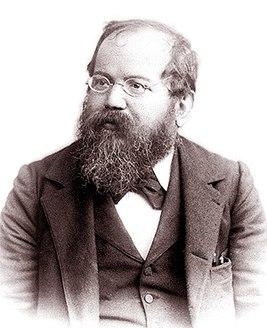
Steinitz held the title of world champion until 1894, when Emanuel Lasker soundly defeated him (10-5). Their rematch, three years later, was even more lopsided: Lasker won 10-2. Lasker would hold the title for 27 years, by far the longest reign of any chess world champion.
Positional chess, as Steinitz and Lasker displayed, now became more and more popular. The prevailing theory until about the 1920s was to occupy the center of the board during the opening, usually with pawns. The most common openings were the Ruy Lopez, the Giuoco Piano, the Queen's Gambit, the French Defense, and the Four Knights' Game. These are relatively quiet openings from which both sides slowly try to accumulate small advantages in space, key squares, diagonals, and files.
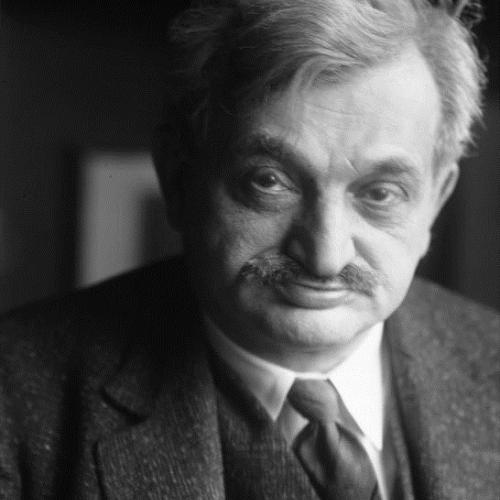
Jose Raul Capablanca defeated Lasker in 1921 to become the third world champion. Capablanca's style is still considered the epitome of simple, clear-cut positional mastery. He tended to avoid complex tactical situations, and instead would seize a seemingly small advantage that he would convert in the endgame. His endgame skill was considered the greatest the world had ever seen. Even today, the best chess engines find very few errors in Capablanca's endgame technique. Although he only held the title of world champion for 6 years, Capablanca is still considered to be one of the greatest players of all time.
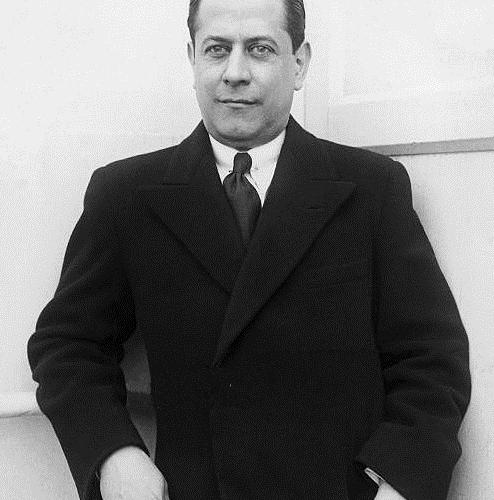
In the 1920s, a new school of thought entered top level chess - hypermodernism. The main idea is to control the center with minor pieces instead of merely occupying it with pawns. These new ideas were highlighted in the games and theories of a new generation of top talent: Aron Nimzovich, Efim Bogolyubov, Richard Reti, and Ernst Grunfeld. In this period, new openings and development schemes were formed in many popular openings, like the Indian Defenses, the Grunfeld, and the Benoni.
Perhaps the most hypermodern of all openings is Alekhine's Defense (named after the fourth world champion, Alexander Alekhine). The point of this defense is to invite white to advance his central pawns, and subsequently attack the overextended center. Today Alekhine is remembered not so much as a hypermodern player, but as the the first dynamic style player - he could play extremely tactically and aggressively, or quietly and positionally. He held the title of world champion from 1927 until 1935, when he lost the title to Max Euwe. Alekhine won the return match in 1937 and held the title until his death in 1946. He is the only chess world champion to pass away while holding the title.
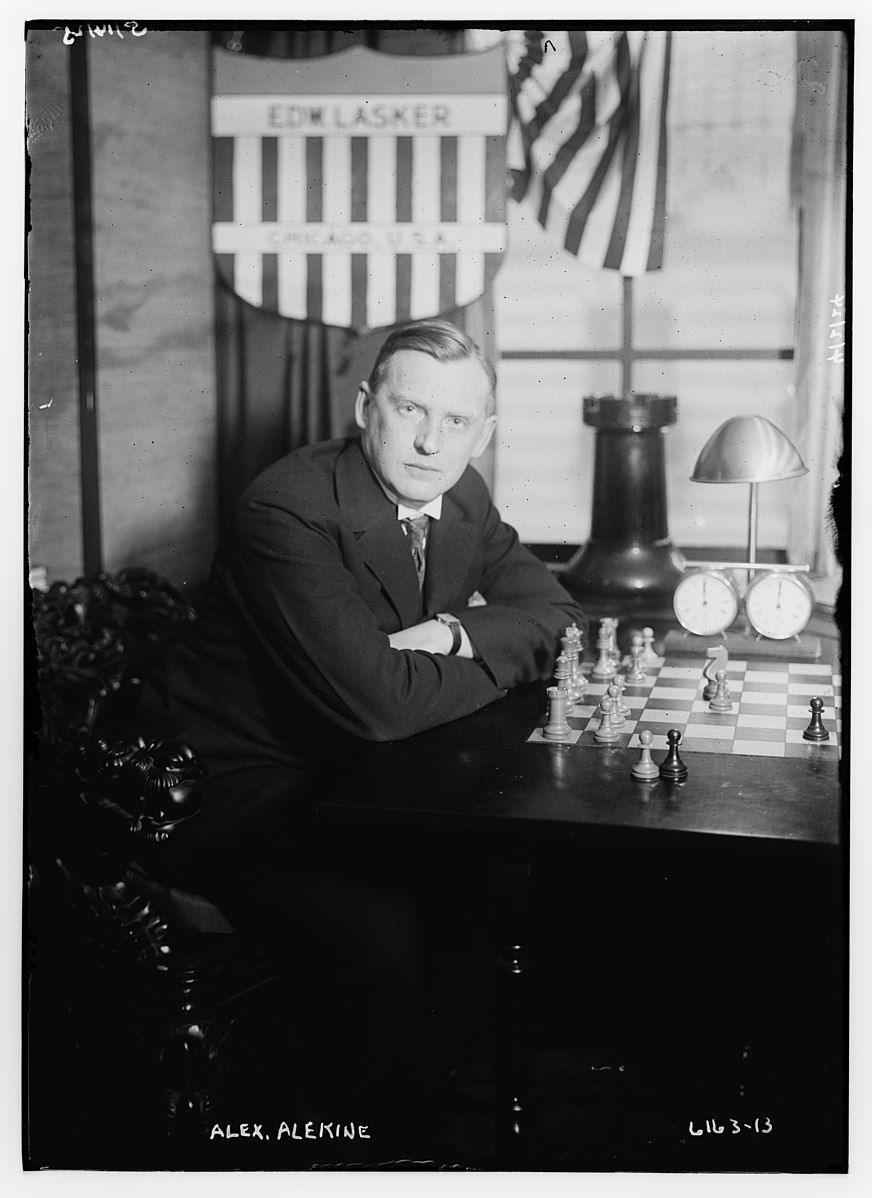
Soviet Dominance in the 20th Century
From 1927-2006, players from the Soviet Union and Russia held the world championship title (with only two exceptions). Alekhine, Mikhail Botvinnik, Vassily Smyslov, Mikhail Tal, Tigran Petrosian, Boris Spassky, Anatoly Karpov, Garry Kasparov, and Vladimir Kramnik were the world champions and chess giants that proved the domination of the title in the 20th century and early 21st century. The styles of the above-mentioned chess legends couldn't be more different. From the positional champions (Karpov, Petrosian, Smyslov, Kramnik), to the extremely ferocious attacking style of Tal, to the dynamic abilities of Alekhine, Botvinnik, and Kasparov - there is something for everyone!
After Alekhine, Mikhail Botvinnik became the next world champion by winning the 1948 world championship. This event was notable as it marked the first time that FIDE would oversee the world championship event (something they still do today), but also because it was the first time that the world championship wasn't decided by a single match (a quintuple match system was used in the absence of a reigning world champion). Botvinnik would hold the title of world champion from 1948 until 1963 (with two exceptions, each lasting one year).
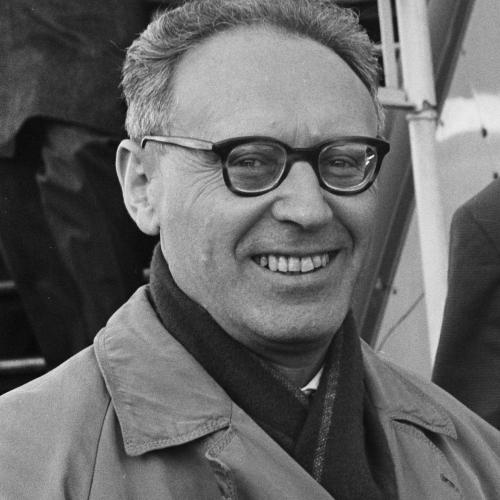
Botvinnik was known for his iron logic and dynamic abilities, being able to change styles almost like a chameleon depending on who his opponent was. Botvinnik lost the title to Vassily Smyslov in 1957, but according to the rules at the time Botvinnik was able to get a rematch in the following year. In the 1958 rematch, Botvinnik defeated Smyslov and regained the title. In 1960, Botvinnik lost the title to Mikhail Tal. However, in 1961 Botvinnik won the rematch vs Tal. It wasn't until 1963 (when Botvinnik lost a match to Tigran Petrosian) that he could no longer demand a rematch the next year, as FIDE had changed the rules.
After his long reign as world champion, Botvinnik was perhaps the most decorated chess trainer of all time. He trained three future world champions (Karpov, Kasparov, and Kramnik), a feat nobody else can claim. He was also a computer scientist, and is considered to be one of the fathers of computer chess.
Tigran Petrosian became the 9th world champion, after defeating Botvinnik in 1963. He played in a positional style, and was known for wonderful exchange sacrifices. Petrosian defended his title by defeating Boris Spassky in 1966. Three years later, Spassky won the candidates cycle again and faced Petrosian for the title for a second time in 1969. Spassky defeated Petrosian in the 1969 match to become the 10th world champion. Spassky would hold the title for three years, before losing the famous match to Bobby Fischer.
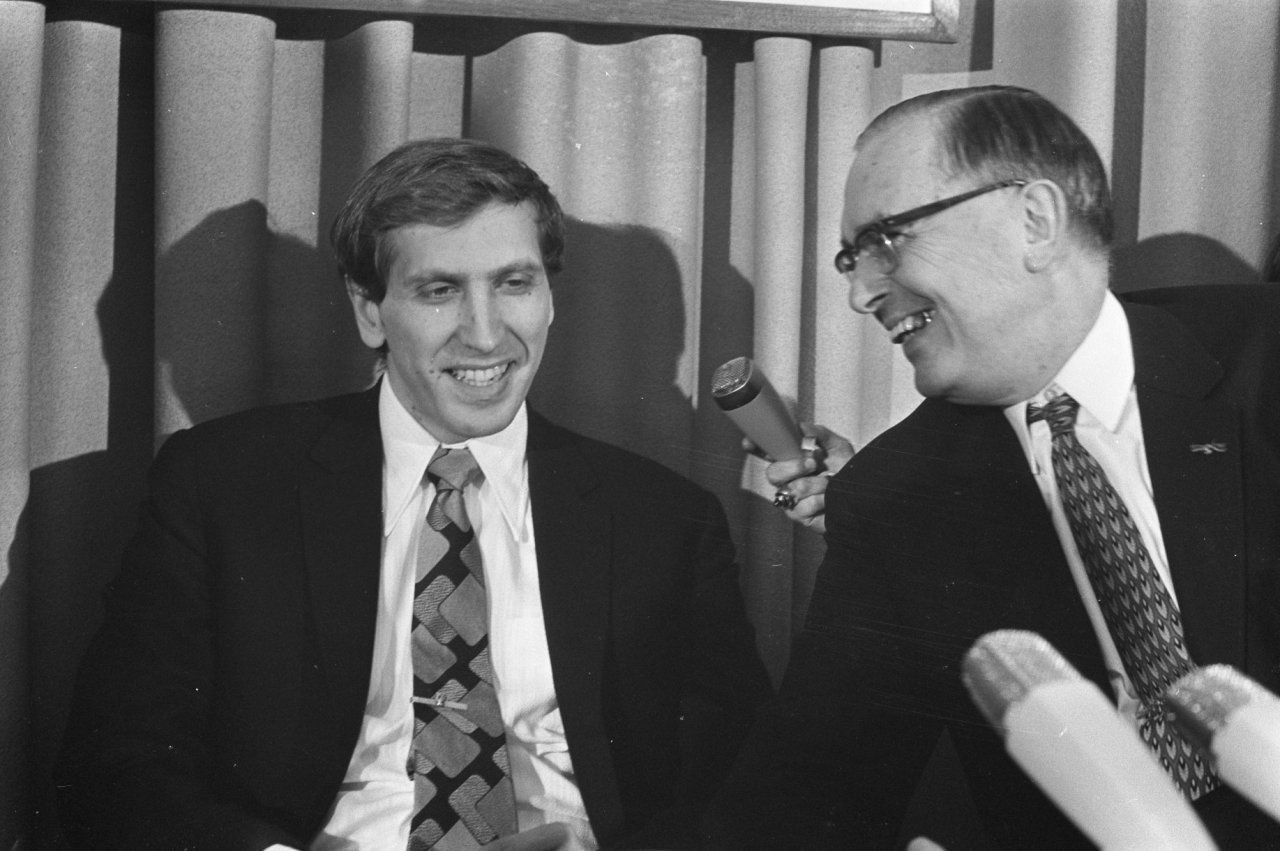
Bobby Fischer was one of the most enigmatic chess figures of all time, and the only player able to break down the Soviet chess wall in the second half of the 20th century. From 1970-1972, it seemed like there was no one on Earth who could stop him. In 1971, he defeated Mark Taimanov in a Candidates' Match of first to six wins. Fischer won the first six games, without a loss or draw. Then a few months later he did the same thing again to Bent Larsen, scoring 6 wins in a row. These two accomplishments were unprecedented.
In 1972, Fischer and Spassky played the match that captivated the entire world, even people who knew nothing about chess. This was not only viewed as the most anticipated world chess championship event of all time, but it had great geo-political ramifications as well. The US and Soviet Union were not only fighting the Cold War, but were also fighting for chess supremacy. Fischer was extremely difficult to work with, losing the first game by a very strange elementary blunder in a drawn endgame. He then refused to play the second game because of problems he perceived in the playing hall. Spassky began the match with a 2-0 lead, putting Fischer in a big hole. The match was the best of 24 games, and Fischer mounted one of the greatest comebacks of all time - soundly winning by a score of 12.5 to 8.5. There are many famous games from this match, but game six stands out - even Spassky gave Fischer a standing ovation after the following game:
Unfortunately for chess history, Fischer refused to defend his title three years later. Due to Fischer's seemingly ridiculous demands that FIDE could not grant, he was forced to vacate the title of world champion. Fischer disappeared from the chess world, until resurfacing in 1992 to play a match with his old rival, Boris Spassky. After winning that match, Fischer again disappeared from the chess scene - leaving behind more question marks than any other world champion.
Karpov, Kasparov, Computers, and Carlsen
Anatoly Karpov became the 12th world champion in 1975. He is known for his solid positional style and fantastic technique, which has been described like a boa constrictor. Former World Champion Viswanathan Anand states that "Karpov isn't so interested in his own plan, but he will keep on foiling yours". Karpov reigned as the world champion for ten years, and was extremely active at the highest level of chess until around 1997. Later in his career several books were published under his name, and he became very active in Russian politics.
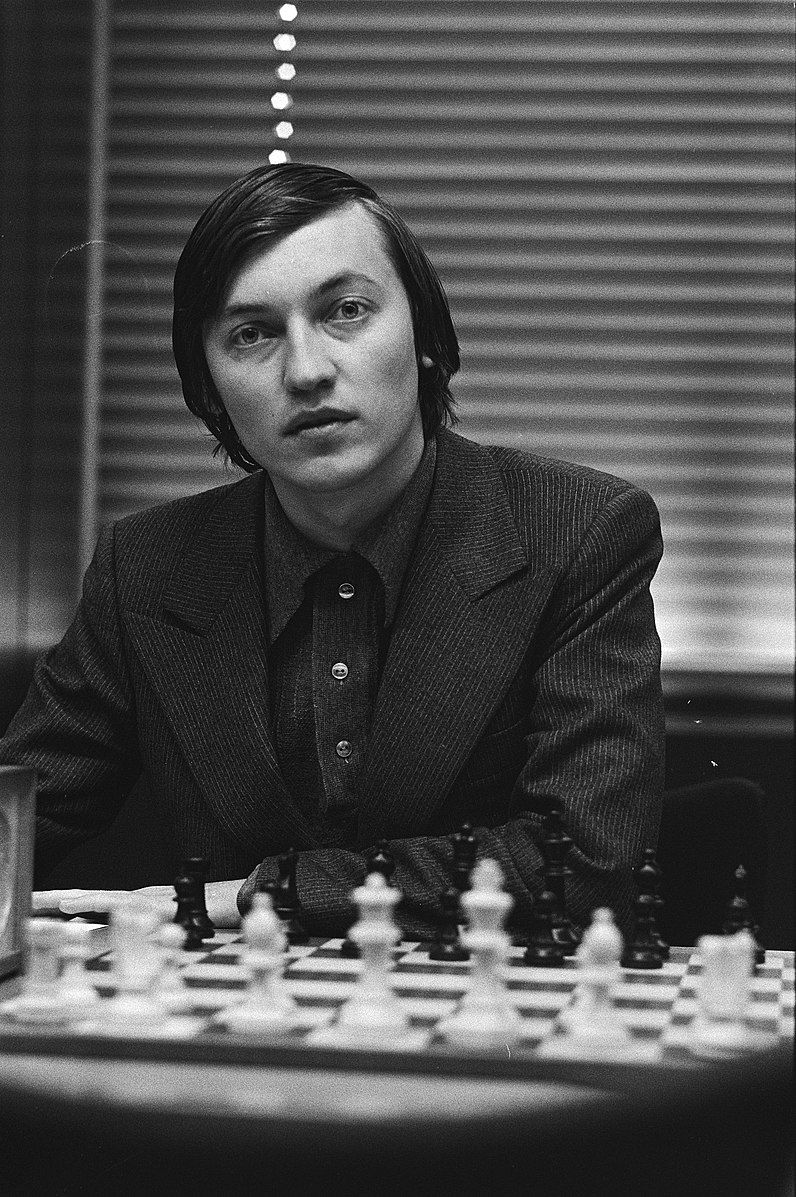
Karpov's dominance in the 1970s and 1980s wasn't overcome until the emergence of another Russian Legend, Garry Kasparov. In 1984, the first of five Karpov-Kasparov world championship matches occurred. These two chess legends played a total of 144 games for the world championship title in the previously mentioned five matches. Out of these 144 games, 104 were draws, Kasparov had 21 wins, and Karpov had 19 wins. Despite these almost identical match records, Kasparov won every match vs Karpov.
Kasparov would hold the belt for 15 years, the second longest uninterrupted reign after Lasker's 27. Chess theory had advanced greatly between the early 20th century (Lasker's reign) and the late 20th century. Due to the evolution of chess theory, Kasparov not only had more world class opposition, but considerably stronger opposition when compared to Lasker. Kasparov consistently remained head and shoulders above all competition until he was dethroned by Vladimir Kramnik in 2000. Kasparov was not past his prime in the match versus Kramnik, just strangely out of form. He remained the highest rated player in the world until 2005, becoming the first person ever to breach 2800 Elo.
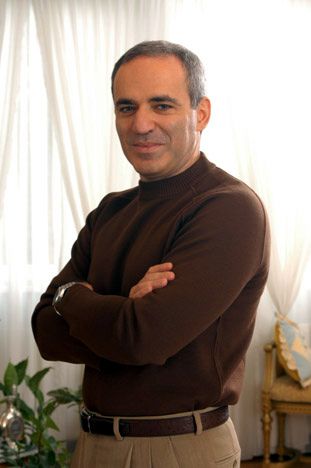
Kasparov was the first major player to heavily use computers for preparation and study of the game, and he defeated the strongest computers of the late 1980s and early 1990s in several highly publicized matches. He was finally defeated by the supercomputer Deep Blue in 1997, the first time a computer had defeated a world champion in a match that changed the world. Kasparov has always mantained that human collusion was involved in helping the computer select the correct move at crucial moments. Deep Blue was dismantled after the match. After retiring from competitive chess, Kasparov wrote several fantastic books (including his wonderful multi-volume work My Predecessors), and became involved in Russian politics. He recently did the Master Class series on chess, which he discussed in this chess.com exclusive interview:
In 2005, computers were finally seen as much more powerful than any human could ever become. This was due to a supercomputer, Hydra, easily defeating Michael Adams (ranked seventh in the world at the time with a rating of 2737). Hydra won the match with a 5.5 points out of 6 games. Computer engines continued to get stronger and stronger. A popular open source engine, Stockfish, has an estimated ELO of around 3400. In 2017, a new entity in the chess world, AlphaZero, soundly defeated Stockfish in a 100 game match. In early 2018, AlphaZero defeated Stockfish again - this time in a 1,000 game match with time odds.
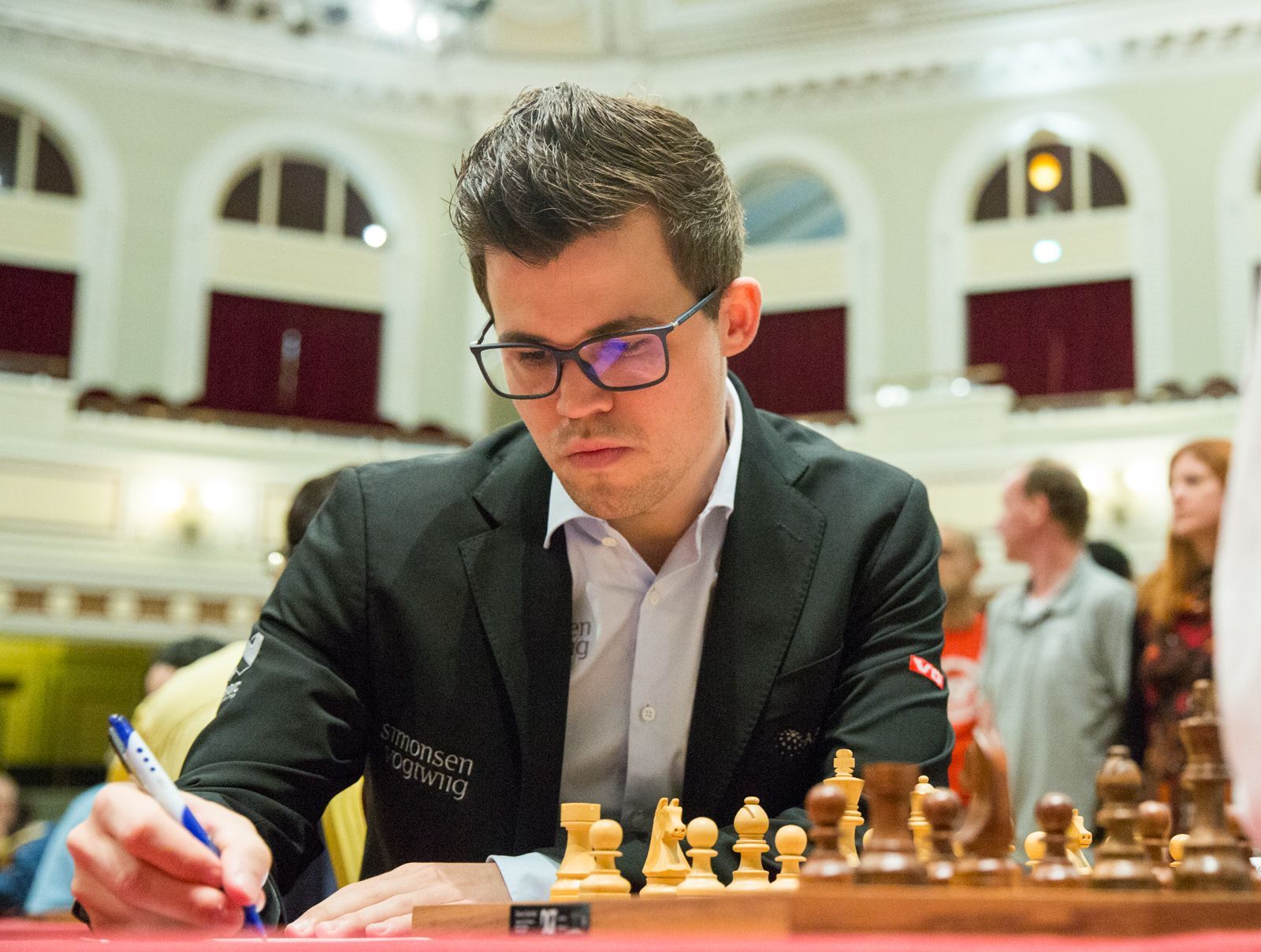
Humans are also becoming stronger with the help of computers for analysis, research, and opening theory. Nowadays, almost every chess player uses chess engines, including current World Champion Magnus Carlsen. Carlsen has been the reigning world champion since defeating Viswanathan Anand in 2013, and has remained the highest rated player in the world for a long time. He continues his dominance, and won the first 4 tournaments he played in 2019. He holds the record for highest rating in history at 2882 (attained in 2014), and currently holds a classical rating of 2876. Many people already consider him to be the strongest player of all time.
